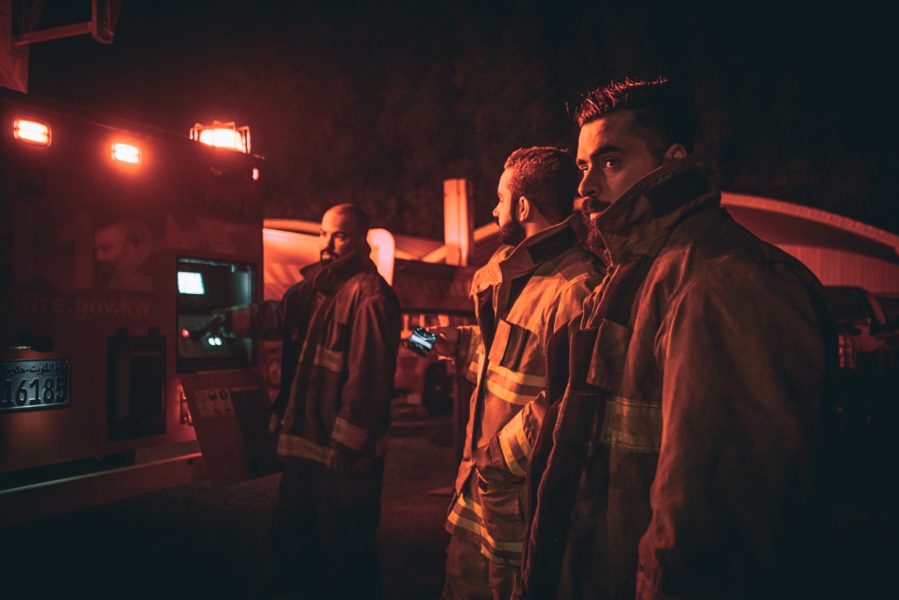
Shift work in the modern world
Modern society works around the clock. Those who work outside the 9-to-5 conventional schedule are “shift workers”. Shift workers often work irregular and long hours, typically working during nights or the weekends.
A quarter of the European workforce is shift workers, while 20% of the workforce have night shifts at least once a month. But working at inconsistent times can compromise our health. Indeed, shift work is associated with health risks, sleep problems, accidents and fatigue. Reduced alertness and impaired performance, due to fatigue and sleepiness, are two major consequences of insufficient sleep, highest in night shift-workers.
Light strategies for shift-workers
Sleep is most compromised by early morning and night shifts. Work during regular sleep hours is extremely hard on our bodies.
A study investigated how light can improve alertness during night shifts and later sleep in nurses. Bright light exposure during the night shift and attenuation of light in the morning improved alertness and sleep. Light interventions are a feasible option for employers considering the availability of smart lighting systems nowadays.
Light can help to partially adapt to night shifts by entraining and shifting our circadian rhythms. However, we are still don’t know much about the long-term consequences of bright light exposure during the night.
How chronotype information can improve the wellbeing of shift workers
Adjusting shift schedules to chronotype is one strategy that can improve wellbeing outcomes. A study investigated chronotype-adjusted shift scheduling systems in factory workers. The study excluded the most incompatible shift schedules based on workers chronotype. The night owls were not given the early morning shifts, while morning larks did not work during the night.
This adjustment in shift schedules improved subjective wellbeing, sleep quantity and quality. Moreover, social jetlag, or the misalignment between social and internal clocks, also improved in the intervention condition.
Understanding the impact of light and circadian rhythms on shift workers can improve public health. It also has economic incentives for employers.
Learn more about your chronotype, social jetlag and your light habits.